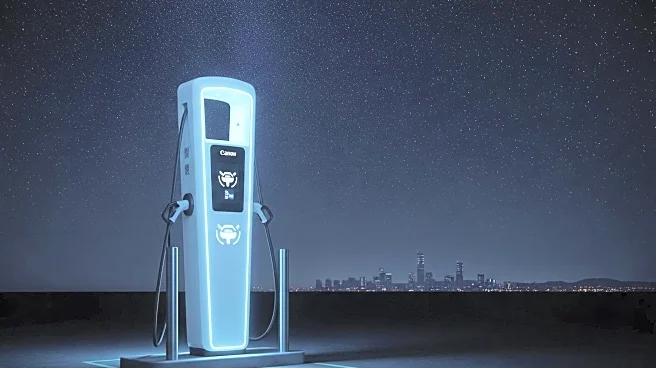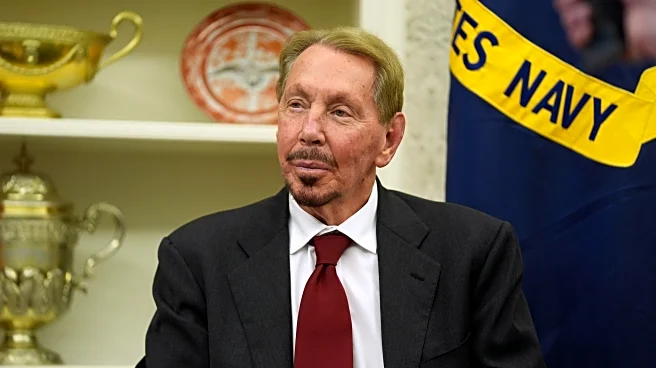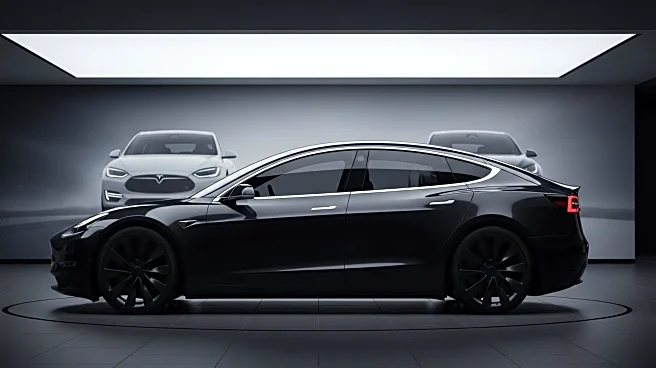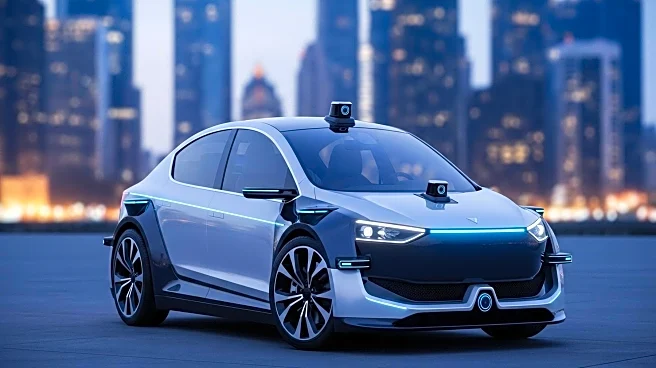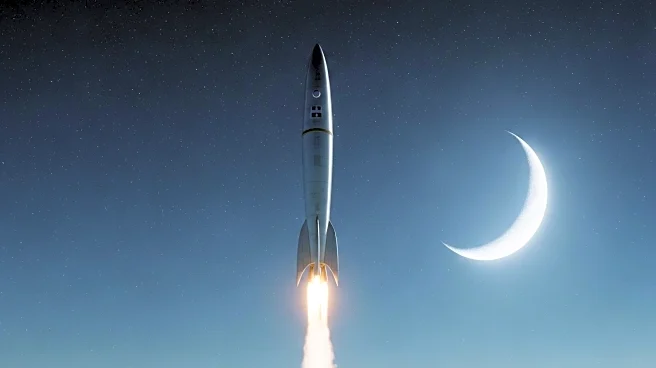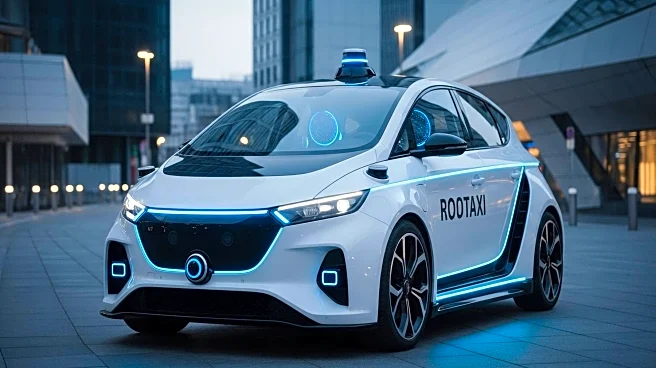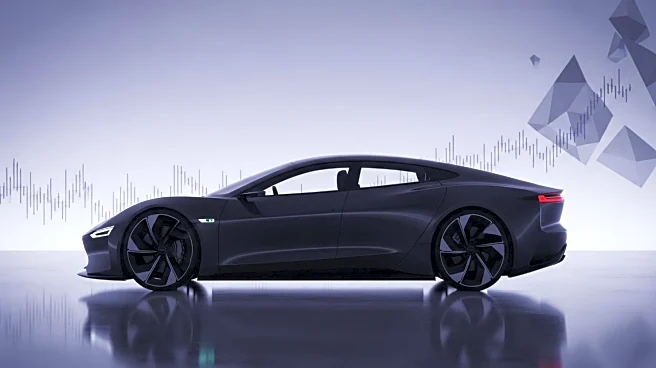What's Happening?
Tesla has proposed a $1 trillion compensation package for Elon Musk, contingent on achieving ambitious milestones over a 10-year period. These include delivering 20 million vehicles, securing 10 million active FSD subscriptions, generating $400 billion in annual EBITDA, deploying 1 million robotaxis and Optimus robots, and significantly increasing Tesla's market cap. Morgan Stanley analyst Adam Jonas views the package as modest compared to the market opportunity, suggesting that the humanoid robot market could exceed the size of the global labor market. Jonas believes the package aligns Tesla minority shareholder interests with Musk's, incorporating operational, profitability, and value creation milestones.
Why It's Important?
The proposed compensation package is significant as it reflects Tesla's ambitious growth strategy and Musk's long-term commitment to the company. The package aims to align shareholder interests with Musk's, ensuring focus on achieving operational and profitability milestones. The potential market opportunity for humanoid robots and AI-enabled manufacturing is vast, with implications for the global labor market and economic growth. The package could address concerns about Musk's dedication to Tesla amid his involvement in other ventures. Achieving the performance targets could enhance Tesla's market position and drive innovation in AI and robotics.
What's Next?
Over the next decade, Tesla aims to achieve the ambitious milestones outlined in the compensation package. The goals for vehicle deliveries, FSD subscriptions, and operational robotaxis align with Morgan Stanley's projections for 2029 through 2036. The package could cement Musk's long-term commitment to Tesla, focusing on scaling physical AI and advanced manufacturing. The proposed compensation package may influence investor sentiment and Tesla's market valuation. Achieving the targets could position Tesla as a leader in AI and robotics, driving innovation and growth in these sectors.
